CAAs for ELA, Mathematics, and Science Content
Sample SSR
Sample SSRs are provided here. The callouts on the samples correspond with the links in the numbered list. Select a link for more information about that section of the SSR.
Data displayed on the samples in this guide are for demonstration purposes only. Sample SSRs may include minor variances from actual SSRs.
Refer to the CAAs Reporting Criteria subsection for information about the criteria required for a student to receive an SSR.
Page 1
- Student Information
- What Are the California Alternate Assessments?
- What Do the Scores Mean?
- Additional Resources
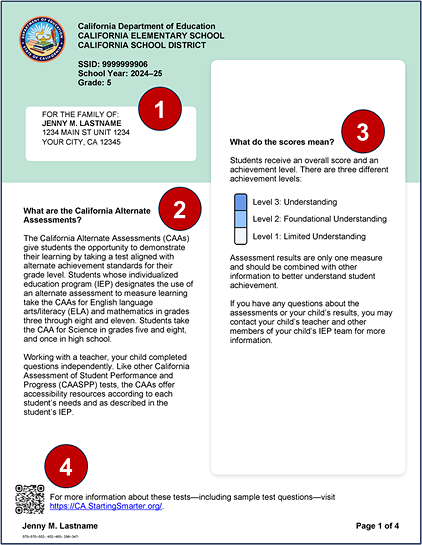
Figure 1. Sample CAA SSR, page one
Pages 2 and 3 (ELA and Mathematics)
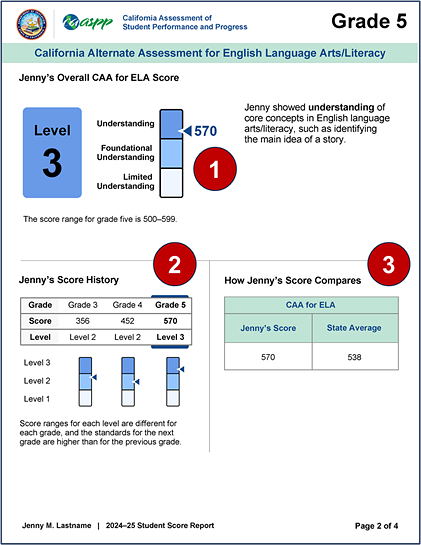
Figure 2. Sample CAAs SSR, ELA, page two
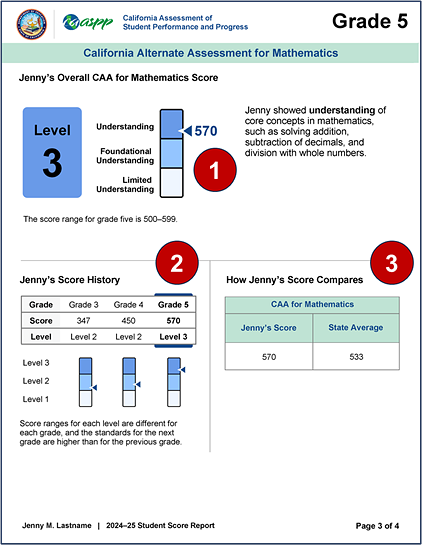
Figure 3. Sample CAAs SSR, mathematics, page three
Page 4 (CAA for Science)
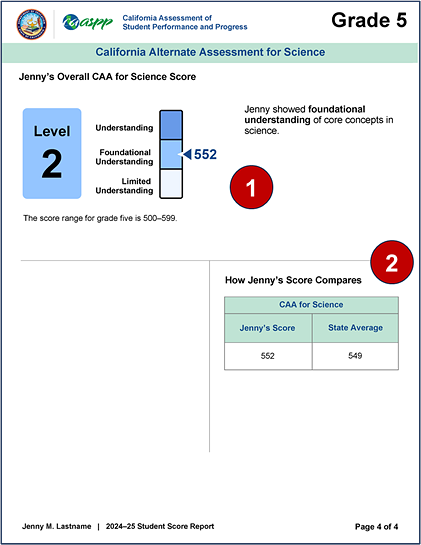
Figure 4. Sample CAAs SSR, science, page four
Description
The SSR for the CAAs for ELA, mathematics, and science is described in table 1.
| Feature | Description |
|---|---|
|
Purpose |
This SSR shows a student’s achievement on CAASPP System assessments to students and parents/guardians and presents the student’s results for ELA, mathematics, and science. |
|
Format |
|
|
Action |
Pursuant to 5 CCR Section 863, LEAs must notify parents/guardians and make SSRs available within 20 working days of their delivery to the LEA in TOMS. If the LEA receives the SSRs after the last day of instruction for the school year, the LEA shall make the SSR available to the parent/guardian no later than the first 20 working days of the new academic year. |
Data presented for the CAAs for ELA and mathematics includes the following on each of the SSRs:
- Scale scores
- Achievement levels:
- Level 3—Understanding
- Level 2—Foundational Understanding
- Level 1—Limited Understanding ()
- Scale score ranges
- Scale score and achievement level for a previous year’s assessment(s) (if available)
- Comparison data with state averages
Data presented for the CAA for Science includes the following:
- Scale score
- Achievement level:
- Level 3—Understanding
- Level 2—Foundational Understanding
- Level 1—Limited Understanding
- Scale score ranges
- Comparison data with the state average
Front Page
The front page of an SSR always contains the student information and additional information described in the Common CAASPP and ELPAC SSR Page 1 General Information section in addition to the content described in the rest of this subsection.
What Are the California Alternate Assessments?
Each SSR contains a brief program overview and describes the specific content-area assessments whose results are reported. Figure 5 shows an example for an SSR with the CAAs for ELA, mathematics, and science results.
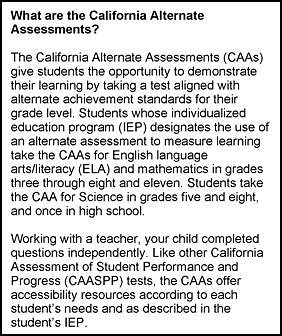
Figure 5. Program overview
What Do the Scores Mean?
Reporting for the CAAs features achievement level measurement gauges representing the three achievement levels that are in the following order from top to bottom:
- Level 3—Understanding
- Level 2—Foundational Understanding
- Level 1—Limited Understanding
Because each assessment is aligned with a specific set of academic standards, scores cannot be compared between assessment for different content areas (for example, one cannot compare achievement between the ELA and science assessments) or on assessments administered previously in California (such as for the Standardized Testing and Reporting Program).
Each SSR contains a brief description of the achievement levels for the overall assessment and an achievement level measurement gauge that is divided into three parts, each representing one of the achievement levels, from Level 1 to Level 3 (figure 6).
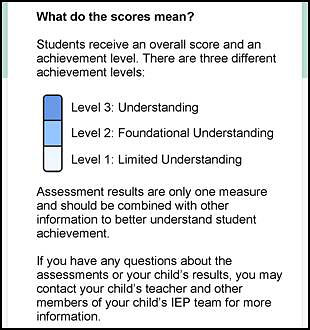
Figure 6. Scores information
Score Overview
The combined CAASPP SSR that reports CAAs for ELA, mathematics, and science results contains common elements.
Score ranges for each achievement level are different for each grade level, and the standards for the next grade level are more challenging than for the previous grade level. As a result, an increase in the overall score may not mean a higher achievement level for the current year.
Under certain circumstances, such as when results are associated with a particular special condition code or an assessment was invalidated, a message will appear on the SSR. Possible messages, their associated condition codes, and the applicable content-area assessment are presented in table 2. Refer to the Condition Code Descriptions section in the Interpreting Results chapter for information about when a condition code applies.
| Content Area | Condition Code | Message |
|---|---|---|
|
All |
INC0 |
[Student’s name]’s scores should be used with caution as there were not enough questions answered to represent [Student name]’s achievement. |
|
All |
INC1 |
[Student’s name]’s scores should be used with caution as there were not enough questions answered to represent [Student’s name]’s achievement. |
|
All |
Invalid |
If the student’s test result is invalidated, the score is accompanied by a footnote: [Student’s name]’s scores should be used with caution as the test was administered under conditions that may not represent [Student’s name]’s achievement. |
|
ELA |
NEL |
[Student’s name] was exempt from taking the English language arts/literacy assessment during this school year. |
|
All |
NT |
[Student’s name] did not take the [content area] assessment. For additional information, please contact [Student’s name]’s teacher(s) or school. |
|
All |
NTE |
[Student’s name] did not complete the [content area] assessment because of a medical emergency. |
|
All |
PGE |
[Student’s name] did not complete the [content area] assessment because of a parent or guardian exemption. |
Overall Content-Area Score
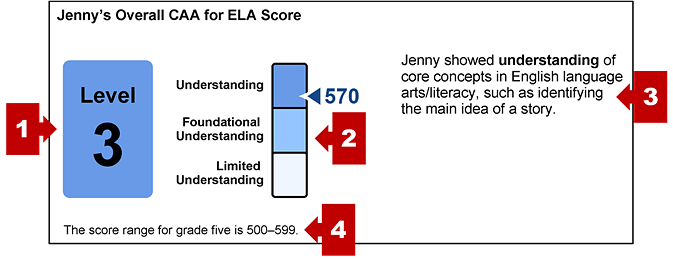
Figure 7. Overall content-area score
| # | Feature | Description |
|---|---|---|
|
1 |
Content-area achievement level |
This box provides the student’s achievement level for a CAA content area. |
|
1 |
Not tested (Not shown) |
If present, additional text will be included if the student did not receive a score, either because the student did not take the assessment, or the student was exempt from taking the assessment. |
|
1 |
Special condition (Not shown) |
A cautionary message also will be included at the bottom of the page for one of the following reasons:
|
|
2 |
Achievement level measurement gauge |
A gauge is divided into three parts, each representing an achievement level. An indicator with the student’s score places the score within one of the achievement levels (Understanding, Foundational Understanding, or Limited Understanding). |
|
3 |
Performance summary |
This paragraph summarizes the student’s performance based on the student’s achievement level for the content area. Summaries are listed in the Performance Summary Text subsection. |
|
4 |
Score range |
This statement notes the score range for the content-area, grade-level assessment. |
Performance Summary Text
Possible performance summary outcomes for students are as follows:
- [Student’s name] showed understanding of core concepts in [content area], such as [example].
- [Student’s name] showed foundational understanding of core concepts in [content area], such as [example].
- [Student’s name] showed limited understanding of core concepts in [content area], such as [example].
Score History (ELA and Mathematics Only)
Scores are presented for a student’s prior two results on the CAAs for ELA and mathematics (figure 8). “Not Tested” appears if a student does not have a score for a particular year (grade level). A score history is not shown for a student in grade three, who is taking a CAAs for ELA or mathematics assessment for the first time; or a student in grade eleven.
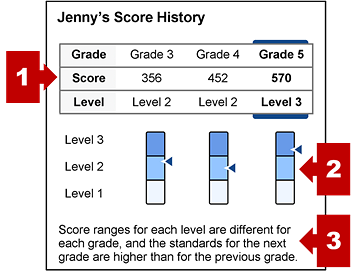
Figure 8. Student score history
| # | Feature | Description |
|---|---|---|
|
1 |
Score history table |
Student scores and achievement levels are presented in a table that shows, from left to right, the student’s score two years ago, one year ago, and as reported for the current test administration year. If the student is in grade three, this table will be replaced with the message, “[Name] took this test for the first time this school year. [Name] will have score history next school year.” If the student is in grade eleven, this content is not present (empty). |
|
1 |
Not tested (Not shown) |
If present, additional text will be included in the progress summary section for the content area if the student did not receive a score, either because the student did not take the assessment or the student was exempt from taking an ELA assessment. |
|
2 |
Achievement level measurement gauges |
Gauges with an arrow showing the student’s achievement level within one of the three sections for each of the reported test administrations are presented immediately under the table in columns that align with the grade level reported. |
|
3 |
Score ranges description |
A paragraph explains how score ranges differ between grade levels and that the standards for the next grade level are higher than the previous grade level. |
Score Comparisons
Score reports for the CAAs for ELA, mathematics, and science compare the student’s content-area score with the average score within the state of California (figure 9).
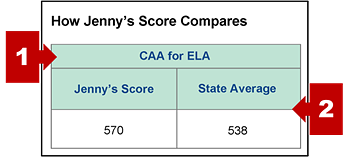
Figure 9. Score comparison table
| # | Feature | Description |
|---|---|---|
|
1 |
Content area |
The content area appears in the top row of the score comparison table. |
|
2 |
Score comparison table |
A table provides the score for the content-area assessment for the student and state. |

